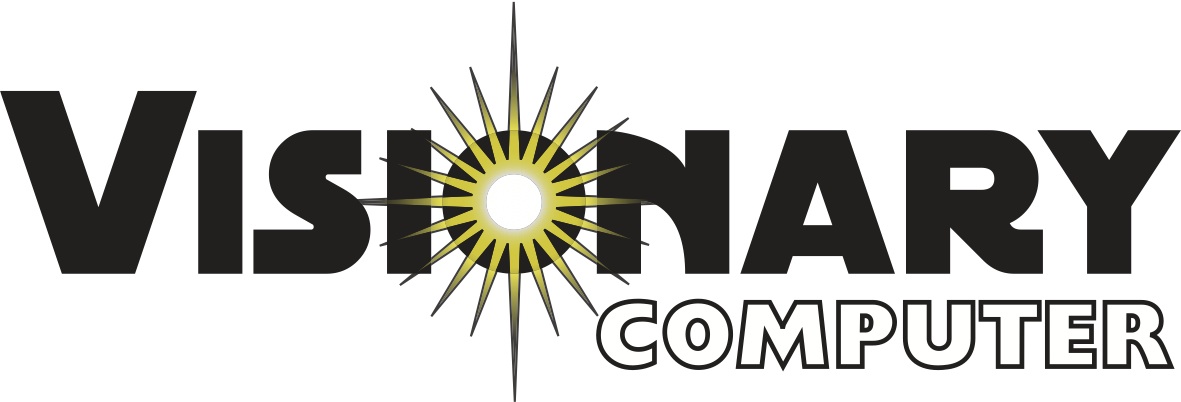Visionary’s Sequoia Advice
/Sometime on Monday September 16th, Apple will release the new Macintosh Operating System, macOS Sequoia. This year’s release comes a little earlier than expected. Technically speaking, every Mac that was compatible with last year’s Sonoma is able to run Sequoia except for the 2018 MacBook Air. However that’s not the whole story, basically in order to run the very best new features, like the upcoming Apple Intelligence, you will need a Mac powered by an Apple M-Series. Older Intel based Macs can run the OS but they miss out on all the cool new features.
Sequoia does appear to be a particularly nice upgrade. Aside from the upcoming Apple Intelligence features, there’s iPhone Mirroring which allows you to see your iPhone on your computer screen, window tiling finally comes to the Mac, Presentation improvements with background replacements, a cool new Password app which could make a real difference in the complexity of storing passwords, improvements in Messages, Maps, Gaming, Notes, and much more.
Similar to the last several OS releases, this is neither a minor nor major release, rather it’s somewhere in the middle. Don’t let that fool you into complacency. Any time you change your operating system, it’s invasive and can easily cause disruption in your life and workflow. To that end, we have some general advice which can help smooth the process:
1.) Backup - You simply must have a full and current Time Machine backup of your Mac before you even think about upgrading to a new OS. While reverting to a previous system is not easy, at least it’s possible so long as you have a full Time Machine backup. Without one, you are going for a deep space walk without a tether. Time Machine is easy and automated: all you need is a backup drive of some kind. Make sure you have one (or stop in and pick one up, we’ve got plenty in stock) and then check to make sure yours is operating correctly before you take the next step.
2.) Approach - Customers often ask how much the OS costs and, like Apple’s done for years, the OS itself is a free upgrade. However there are some real costs you need to expect. First, it will take time to learn the new parts of the OS. That will have an effect on your productivity. Second, while the OS may be free, many updates from 3rd party developers may cost money. Be prepared for that, especially if you are using non-current versions. Finally, you may need support from us or others and that support will have a cost. Approach the upgrade with the right expectations and you won’t have any unpleasant surprises coming.
3.) Wait - This is the hardest one on my list - we live in a world of instant gratification! However, waiting a few weeks is likely the very best general advice I can offer to customers. Within a few days, millions of early adopters will have downloaded and installed Sequoia, and they will no doubt uncover lots of issues. I recommend most customers wait until Apple releases an update or two before upgrading. It’s not just bug fixes, waiting gives 3rd party developers a chance to test and update their software as well.
Reading all this may make you leery to proceed with the upgrade. I think about it like changing the oil in your car. There are some people out there who do it themselves but most of us pay someone to do it even though we probably could do it ourselves. This is much the same. It’s easy enough that you can upgrade your macOS yourself however sometimes it just makes more sense to pay an expert to do it for you. We’ve all got our strengths in this world, let us handle the technology while you do what you do best. Whenever you are ready, macOS Sequoia is a loaded with features which improve the Mac experience considerably.
Onward!
David Maffucci
Visionary Computer




